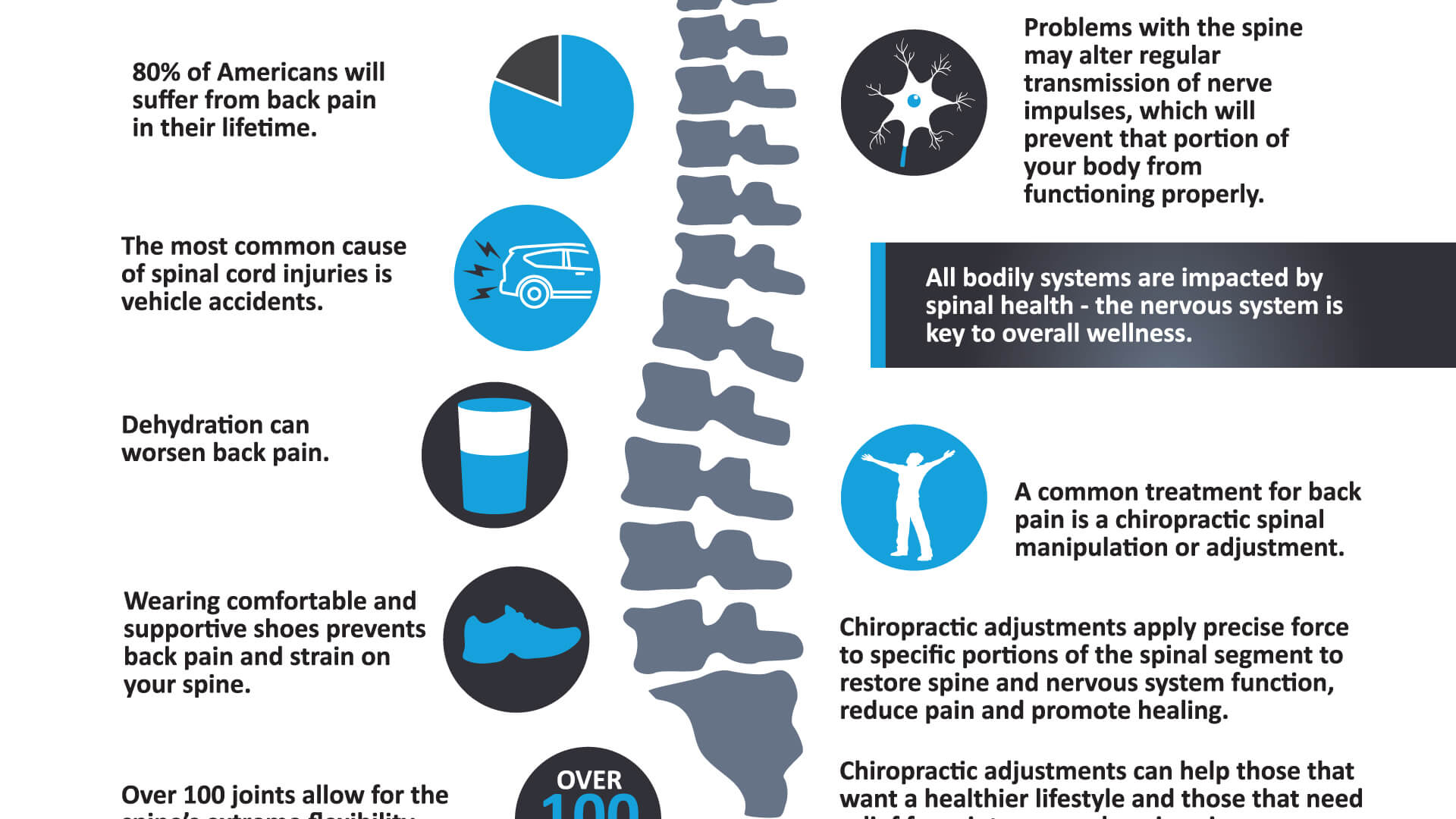Reasons Behind The Climbing Appeal Of Cold Laser Treatment
Reasons Behind The Climbing Appeal Of Cold Laser Treatment
Blog Article
Content Writer-
You have actually most likely discovered the surge of cold laser therapy in numerous clinics and sporting activities facilities. It's becoming a best choice for athletes and those dealing with chronic pain. This non-invasive treatment offers advantages that traditional approaches frequently can not match. But exactly what is driving this trend? Discovering its applications in sports medication and pain monitoring could clarify its expanding allure.
Applications in Sports Medicine
As professional athletes press their bodies to the limits, they usually encounter injuries that can sideline them for weeks or even months.
In such cases, cold laser treatment emerges as an effective tool in sporting activities medicine. This non-invasive treatment utilizes low-level lasers to pass through cells, promoting healing and reducing swelling.
You'll discover it especially valuable for strains, pressures, and tendonitis, as it speeds up recovery without the need for medicines. Unlike standard approaches, cold laser treatment allows you to return to training quicker, minimizing downtime.
Many sporting activities centers now use this advanced therapy, identifying its effectiveness. By incorporating it right into your healing regimen, you can boost efficiency and keep your one-upmanship, ensuring you're constantly prepared for the next challenge.
Perks hurting Management
Cold laser treatment isn't just a game-changer for athletes; it additionally supplies substantial advantages suffering management for a selection of conditions.
If you're managing persistent discomfort, this non-invasive therapy can supply alleviation without the negative effects typically related to medications. Cold laser treatment works by boosting your body's natural healing procedures, decreasing swelling, and advertising cell regrowth.
https://www.healthline.com/health/laser-carbon-peel could find it valuable for conditions like joint inflammation, tendonitis, or back pain. Several patients report a decline in pain levels and an improvement in their general quality of life.
Plus, it's a fast treatment, usually requiring simply a few sessions to observe outcomes. If you're seeking an efficient discomfort administration solution, cold laser therapy could be worth taking into consideration.
Role in Recovery and Healing
When recovering from an injury, utilizing cold laser treatment can substantially improve your recovery process. This non-invasive treatment promotes cells fixing by stimulating cellular task, which aids your body recover faster.
You'll notice decreased inflammation, pain relief, and improved mobility, enabling you to reclaim strength and functionality better.
Cold laser treatment increases blood circulation to the afflicted location, providing vital nutrients and oxygen that aid in recovery. Plus, it can help in reducing scar tissue development, guaranteeing a smoother recovery trip.
Many physical therapists are including this therapy into their therapy strategies, recognizing its prospective to increase recuperation. By integrating cold laser therapy right into your rehabilitation, you're giving on your own the most effective opportunity to go back to your regular tasks quicker and with much less discomfort.
Conclusion
Cold laser treatment is gaining traction for a reason. It uses a non-invasive option that properly treats sports injuries and chronic pain, making it a go-to for athletes and daily individuals alike. You'll value just how it minimizes swelling and promotes recovery without the adverse effects of typical drugs. As https://coldlighttherapy09865.mdkblog.com/40276973/intrigued-in-recognizing-how-cold-laser-therapy-can-transform-your-pain-management-techniques-reveal-its-7-excellent-advantages-that-could-amaze-you welcome this ingenious strategy, you'll find it enhances healing and enhances movement, really reinventing how we think of discomfort administration and rehab.
